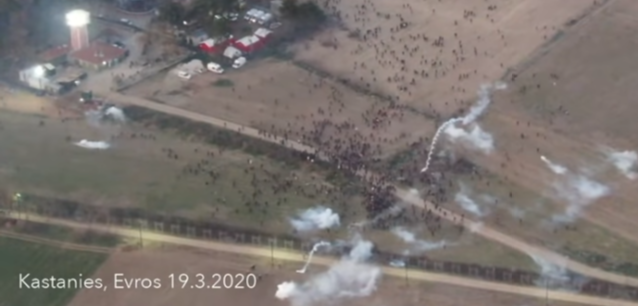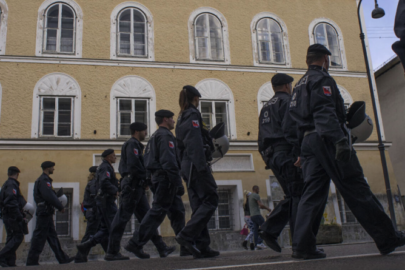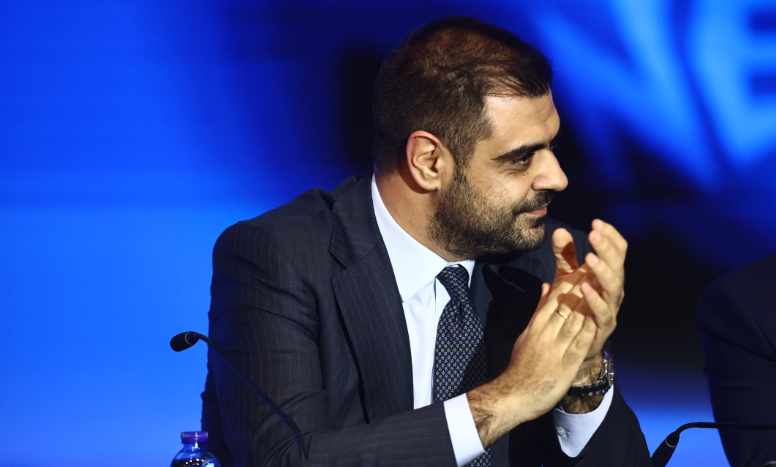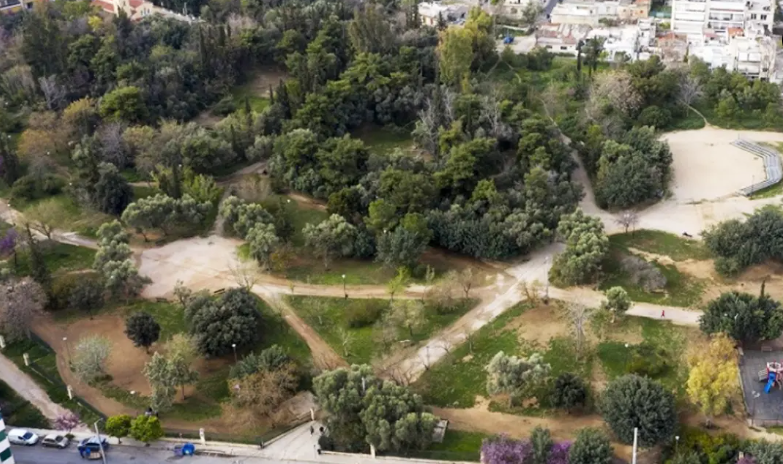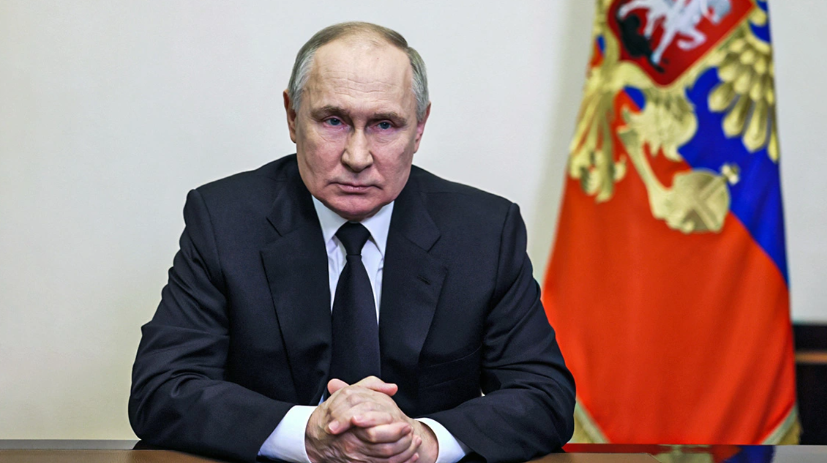At the beginning of the year, the U.S. and Iran came close to war, following a series of attacks in Iraq. Now, as all three countries grapple with the coronavirus epidemic, another round of confrontation is looming.
Once again, rocket attacks by Iranian-backed militia groups on American targets in Iraq are driving the escalation. On March 11, an attack on Camp Taji attributed to the Kataib Hezbollah group killed two U.S. and one British servicemen. The next day, the U.S. retaliated with at least five attacks on group’s weapons depots.
It was strikingly reminiscent of the exchange of attacks that culminated in the January 3 killing, by a U.S. drone strike, of Iranian General Qassem Soleimani and Kataib Hezbollah leader Abu Mahdi al-Muhandis. Iran’s retaliation did not take any American lives, but left scores of soldiers with hear trauma. An uneasy lull followed.
Now the two sides are again threatening each other with dire consequences. On April 1, Donald Trump said Iran was planning a “sneak attack on U.S. troops and/or assets in Iraq” and warned the next American “response will be bigger.” Iran responded that the U.S. would face “the fiercest response” to any counterstrike.
EU ministers hope to agree to half a trillion Euro coronavirus rescue
Why is this happening now? Because both sides see an opportunity.
The escalation is largely driven by Iran’s ongoing imperative to carve out some breathing space from the suffocating U.S. economic sanctions. Tehran is convinced that it needs some military leverage to achieve this. And Iraq is the place that Iran can challenge the U.S. directly, without having to pay the bills, literally and metaphorically. Many of the Iraqi militias, even those that take instructions from Tehran, are funded by the Iraqi government.
Read more: Bloomberg



